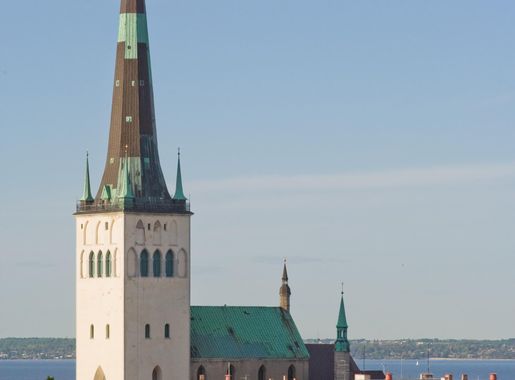
The Timeless Charm of Old Town, Tallinn
Explore Old Town, Tallinn: A blend of medieval history, vibrant culture, and stunning architecture in Estonia's charming capital.
Step into the heart of Estonia's capital and be transported back in time with a visit to Old Town, Tallinn. This UNESCO World Heritage Site is one of the best-preserved medieval towns in Europe, where cobblestone streets, ancient churches, and stunning architecture abound. The historic ambiance is punctuated by the vibrant atmosphere of modern cafes, boutiques, and cultural landmarks, striking a perfect balance between past and present. Begin your journey at the Town Hall Square, the centerpiece of Old Town. Surrounded by colorful merchant houses, the square hosts seasonal markets, concerts, and events that capture the spirit of Tallinn. Nearby, the Gothic Town Hall, dating from the 13th century, stands as a testament to the city's rich history. Don't miss the chance to climb its tower for a panoramic view of the entire neighborhood. Wander through the narrow alleys and discover hidden gems like the medieval St. Catherine's Passage, where artisans sell handmade crafts in a serene, picturesque setting. Visit the awe-inspiring Alexander Nevsky Cathedral, a symbol of Estonia's complex history, and admire its stunning onion domes. For a deeper dive into the past, stop by the Estonian History Museum and the Kiek in de Kök, a medieval tower and museum offering insights into Tallinn's defense history. Old Town is not just about history; it's also a hub for vibrant experiences. Enjoy a meal at one of the many restaurants offering traditional Estonian cuisine, or relax in a cozy café with a cup of locally roasted coffee. As night falls, the neighborhood's lively bars and pubs come to life, offering a taste of Tallinn's contemporary culture.
Local tips in Old Town
- Wear comfortable shoes; the cobblestone streets can be uneven.
- Visit early in the morning or late in the afternoon to avoid crowds.
- Take a guided tour to learn intriguing stories behind the historical sites.
- Bring a camera; there are countless photo opportunities.
- Try local dishes like black bread and elk soup at traditional restaurants.
The Timeless Charm of Old Town, Tallinn
Step into the heart of Estonia's capital and be transported back in time with a visit to Old Town, Tallinn. This UNESCO World Heritage Site is one of the best-preserved medieval towns in Europe, where cobblestone streets, ancient churches, and stunning architecture abound. The historic ambiance is punctuated by the vibrant atmosphere of modern cafes, boutiques, and cultural landmarks, striking a perfect balance between past and present. Begin your journey at the Town Hall Square, the centerpiece of Old Town. Surrounded by colorful merchant houses, the square hosts seasonal markets, concerts, and events that capture the spirit of Tallinn. Nearby, the Gothic Town Hall, dating from the 13th century, stands as a testament to the city's rich history. Don't miss the chance to climb its tower for a panoramic view of the entire neighborhood. Wander through the narrow alleys and discover hidden gems like the medieval St. Catherine's Passage, where artisans sell handmade crafts in a serene, picturesque setting. Visit the awe-inspiring Alexander Nevsky Cathedral, a symbol of Estonia's complex history, and admire its stunning onion domes. For a deeper dive into the past, stop by the Estonian History Museum and the Kiek in de Kök, a medieval tower and museum offering insights into Tallinn's defense history. Old Town is not just about history; it's also a hub for vibrant experiences. Enjoy a meal at one of the many restaurants offering traditional Estonian cuisine, or relax in a cozy café with a cup of locally roasted coffee. As night falls, the neighborhood's lively bars and pubs come to life, offering a taste of Tallinn's contemporary culture.
Iconic landmarks you can’t miss
Viru Gate
Explore the iconic Viru Gate, a historical landmark in Tallinn that seamlessly merges the past with the vibrant atmosphere of the Old Town.
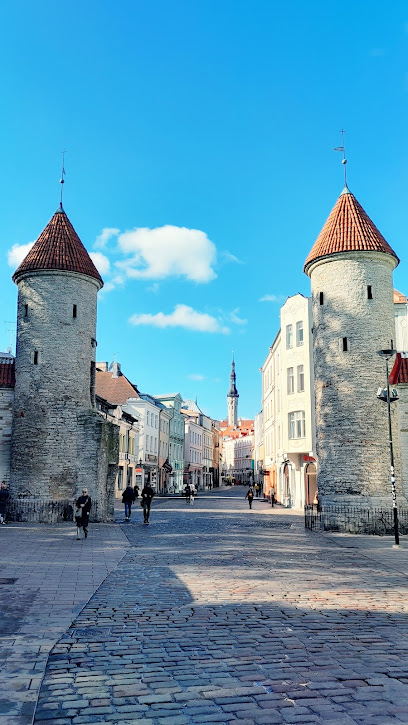
Tallinn Town Hall
Explore the rich history and stunning architecture of Tallinn Town Hall, the oldest town hall in the Baltic region and a must-see tourist attraction.
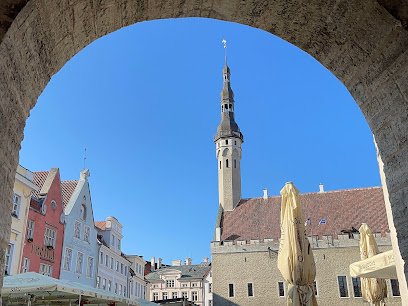
Alexander Nevsky Cathedral
Explore the stunning architecture and rich history of the Alexander Nevsky Cathedral, a cultural gem in the heart of Tallinn, Estonia.
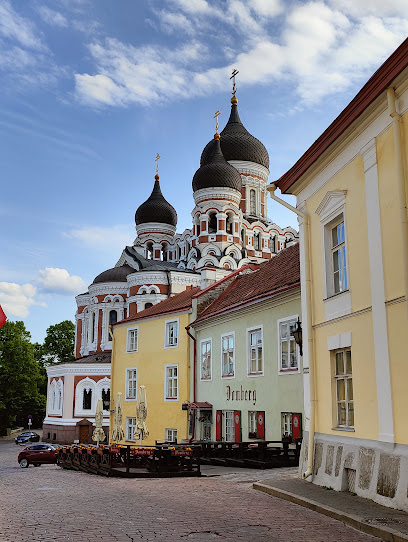
Town Hall Square
Explore Tallinn's historic Town Hall Square, a vibrant plaza filled with stunning architecture, local cuisine, and rich cultural experiences.
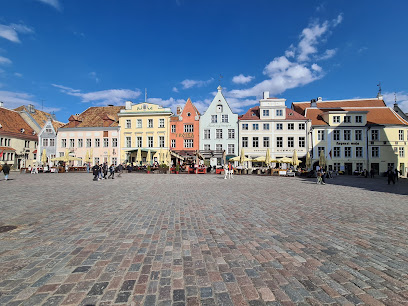
Kohtuotsa viewing platform
Experience Tallinn's stunning skyline and historic charm at the Kohtuotsa Viewing Platform, a must-visit observation deck for all tourists.
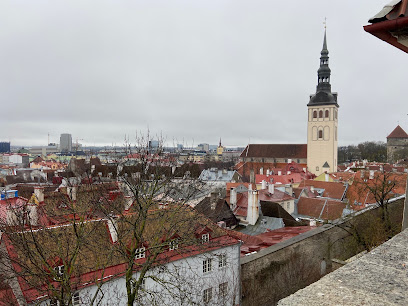
House of the Blackheads
Explore the stunning House of the Blackheads, a cultural landmark in Tallinn, showcasing gothic architecture and a rich historical narrative.
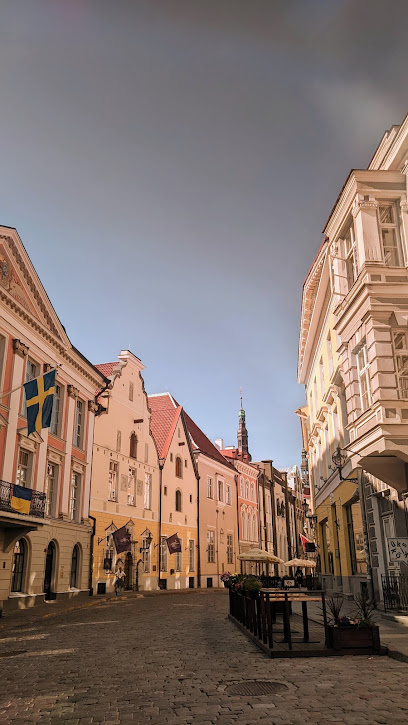
Toompea Castle
Explore the captivating history and stunning architecture of Toompea Castle, a must-see landmark in Tallinn, Estonia.
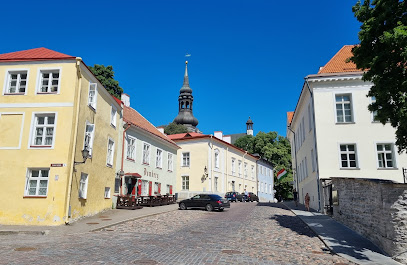
Nunnatorn ja linnamüüri platvorm
Experience breathtaking views and rich history at the Nunnatorn ja Linnamüür Observation Deck in Tallinn, a must-see for every traveler.
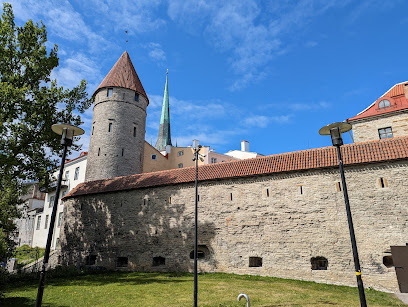
Stable Tower
Explore Stable Tower in Tallinn for breathtaking panoramic views of the city and its historic skyline, a must-visit for every traveler.
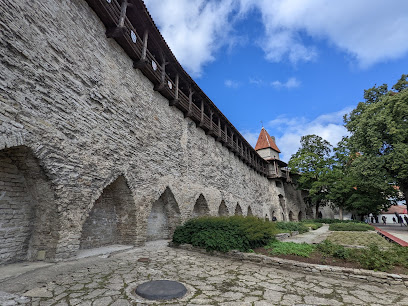
Town Hall tower and Old Thomas
Explore the historic Town Hall Tower and Old Thomas in Tallinn, a vibrant center of culture and architectural beauty in Estonia.
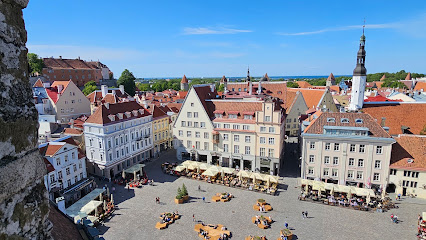
Unmissable attractions to see
Viru Gate
Viru Gate: A Historic Gateway to Tallinn’s Enchanting Old Town, Where History and Culture Meet in a Picturesque Setting.
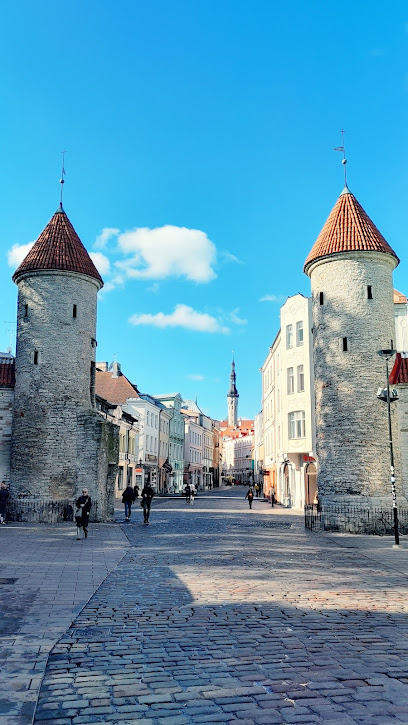
Tallinn Town Hall
Experience the historical heart of Tallinn at the magnificent Town Hall, a Gothic masterpiece in the vibrant Old Town.
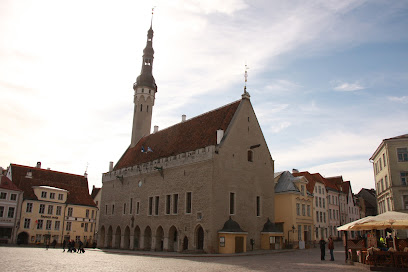
Alexander Nevsky Cathedral
Explore the stunning Alexander Nevsky Cathedral in Tallinn, a masterpiece of architecture and a historic symbol of Estonia's rich cultural heritage.
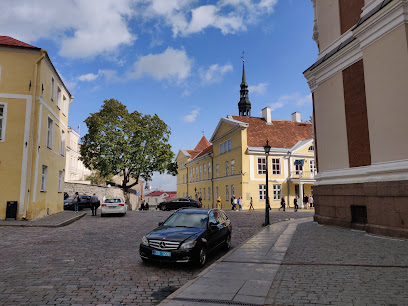
Kiek in de Kök Museum and Bastion Tunnels
Discover the captivating history of Tallinn at Kiek in de Kök Museum and Bastion Tunnels, where the past comes alive through interactive exhibits and ancient tunnels.

Toompea Castle
Discover the rich history and stunning architecture of Toompea Castle, a must-visit landmark in Tallinn, Estonia.
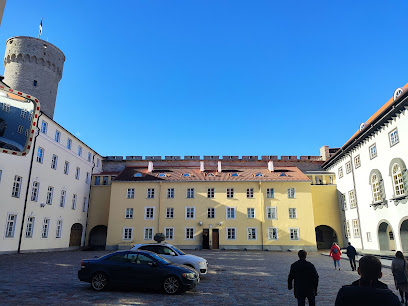
Hellemann Tower and Town Wall Walkway
Explore the Hellemann Tower and Town Wall Walkway in Tallinn, where history meets breathtaking views of the medieval skyline.
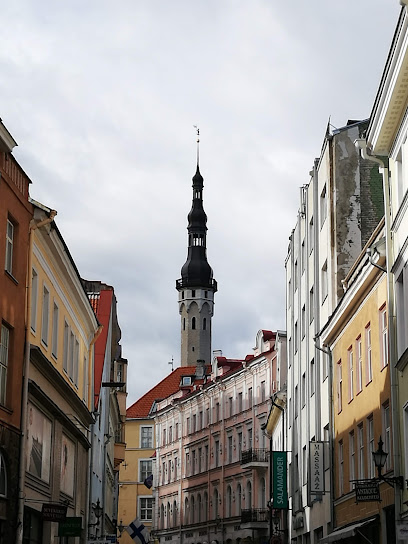
Nunnatorn ja linnamüüri platvorm
Discover the breathtaking views of Tallinn from Nunnatorn, a historic observation deck that blends stunning scenery with rich cultural heritage.
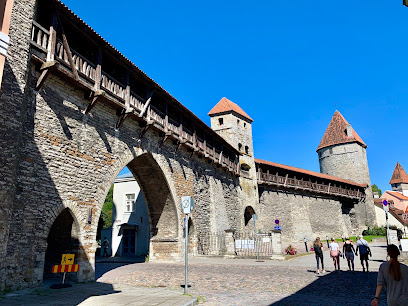
Oldtown Tallinn
Experience the magical streets and rich heritage of Oldtown Tallinn, a UNESCO World Heritage site that enchants visitors with its medieval charm.
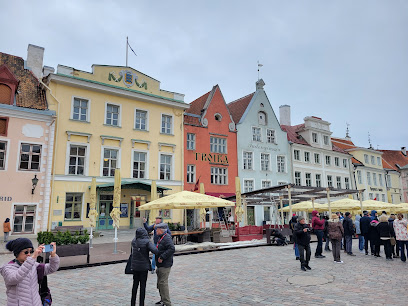
Essential places to dine
Restoran Olde Hansa
Savor the flavors of medieval Estonia at Restoran Olde Hansa - where history meets exceptional dining.
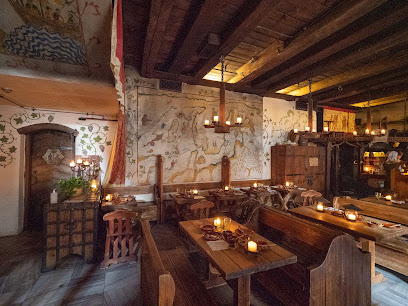
Restaurant Rataskaevu 16
Discover authentic Estonian cuisine in the heart of Tallinn's charming Old Town at Rataskaevu 16.

III Draakon
Discover the charm of medieval dining at III Draakon - a unique restaurant in Tallinn's Old Town serving traditional Estonian cuisine.
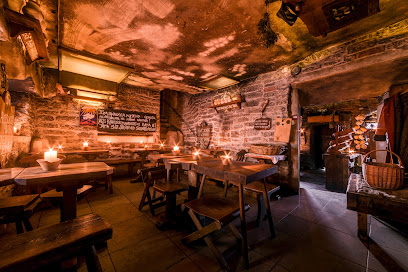
Restaurant Pegasus
Experience the best of Estonian cuisine at Restaurant Pegasus in Tallinn's enchanting old town.
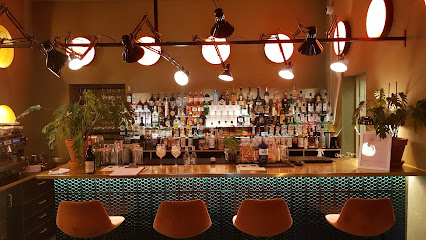
Chakra
Experience the best of Indian cuisine at Chakra in Tallinn - where every dish tells a story of tradition and flavor.
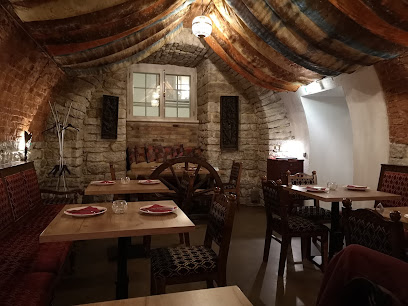
Farm
Experience the essence of European cuisine at Farm in Tallinn - where tradition meets modernity in every delicious dish.
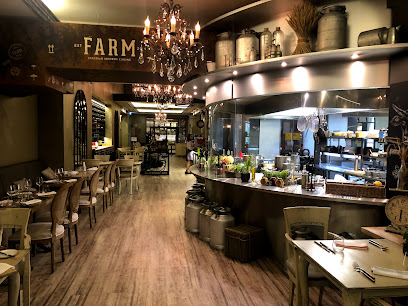
Restaurant Munga Kelder
Experience the best of Italian cuisine in Tallinn's historic Old Town at Restaurant Munga Kelder - where flavor meets elegance.
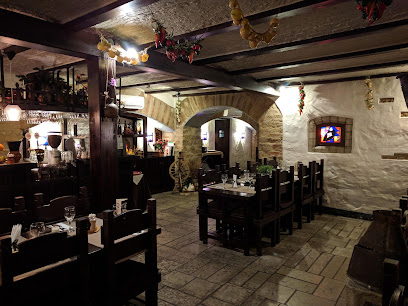
Restaurant Kaerajaan
Experience authentic Estonian cuisine at Restaurant Kaerajaan in Tallinn's picturesque Old Town - where tradition meets modern culinary artistry.
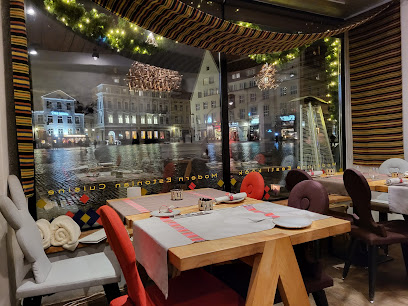
Rado restoran
Discover fine dining at Rado Restoran in Tallinn - where exquisite flavors meet elegant ambiance.
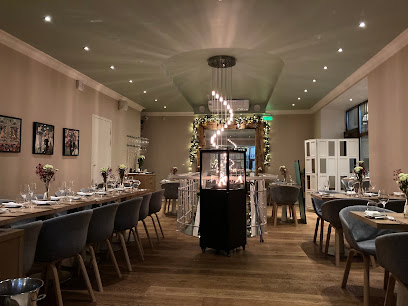
Stenhus restaurant
Experience culinary artistry at Stenhus Restaurant, where local flavors meet creative presentations in the heart of Tallinn.
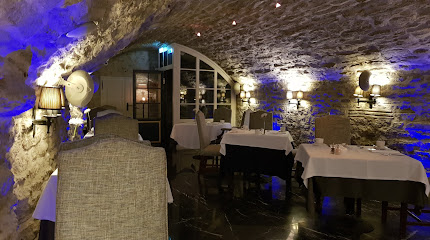
Markets, malls and hidden boutiques
Eesti Esindus Tallinnas - Estonian House
Explore Estonia's rich culture and craftsmanship at Eesti Esindus Tallinnas, the perfect gift shop for unique handicrafts and souvenirs.
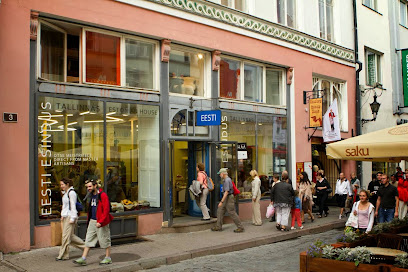
Old Times Antique
Explore Estonia's rich history through unique antiques at Old Times Antique Store in the heart of Tallinn.
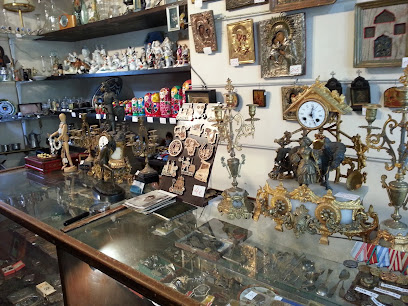
Parlamendi pood
Discover Estonian culture at Parlamendi Pood, the perfect gift shop for unique souvenirs and local artisan crafts in Tallinn's Old Town.
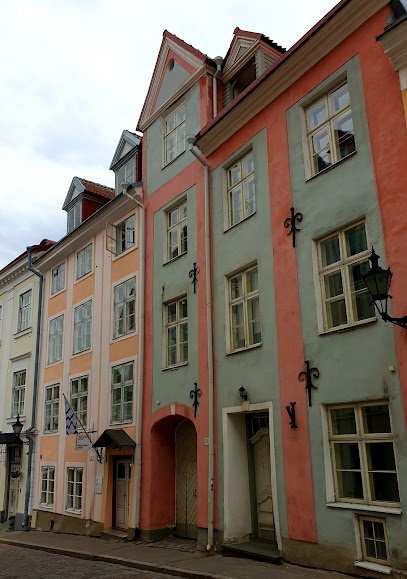
The Parliament Store , Lossi plats, Tallinn, Estonia
Explore The Parliament Store in Tallinn for distinctive Estonian gifts and souvenirs, showcasing the country's rich culture and craftsmanship.
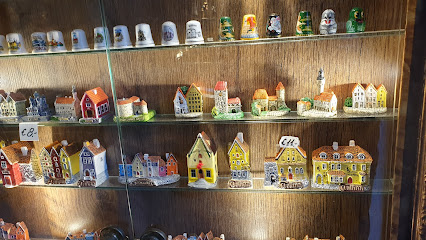
Gift Garage
Discover unique Estonian souvenirs at Gift Garage in Tallinn, a charming shop showcasing local craftsmanship and delightful treasures.
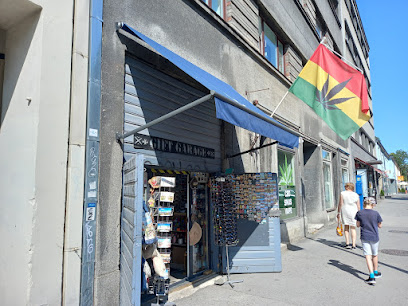
Tallina suvenir
Explore Tallina Suvenir for unique Estonian souvenirs, handcrafted gifts, and a touch of local culture in the heart of Tallinn.
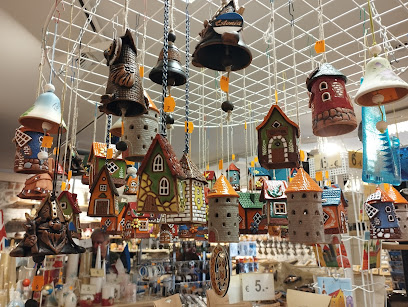
Livonia Suveniirid store
Explore the heart of Estonia through unique souvenirs and handcrafted gifts at Livonia Suveniirid in Tallinn.
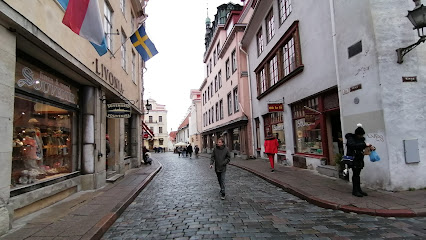
D6 Estonian Design & Coffee Shop
Explore the heart of Tallinn with unique Estonian souvenirs and artisanal coffee at D6 Estonian Design & Coffee Shop.
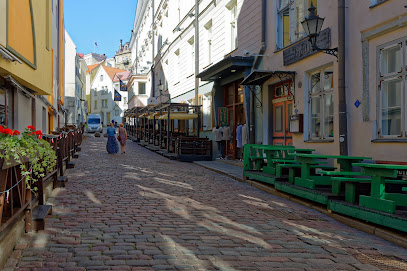
Tallinn Souvenirs
Explore Tallinn Souvenirs for unique Estonian gifts, handcrafted treasures, and a taste of local culture in the heart of Tallinn's Old Town.
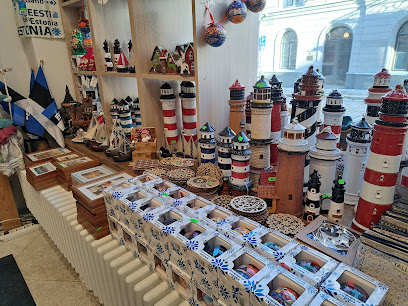
Estonian Goods
Explore the charm of Estonia through unique handcrafted gifts and souvenirs at Estonian Goods in Tallinn.
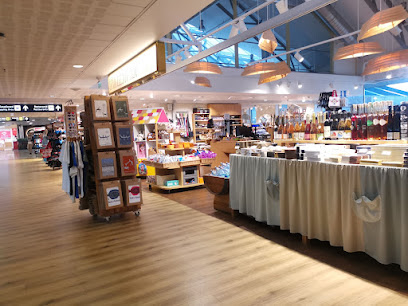
Essential bars & hidden hideouts
Hell Hunt
Discover Hell Hunt, Tallinn's lively pub famous for its local beers, delicious Estonian cuisine, and vibrant atmosphere, perfect for an unforgettable night out.
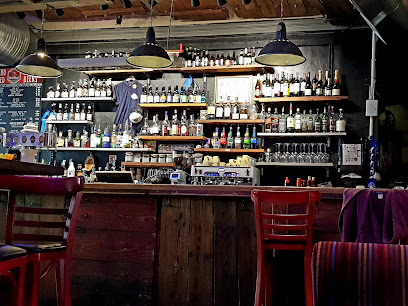
Irish Pub Mad Murphy's
Discover the lively spirit of Ireland at Mad Murphy's Irish Pub in Tallinn, a perfect blend of authentic cuisine and vibrant atmosphere.
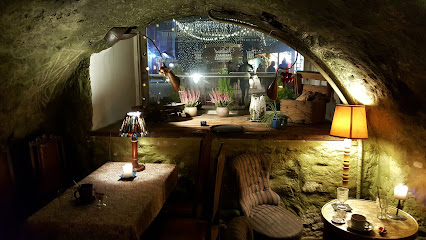
Labor Baar
Discover the vibrant nightlife of Tallinn at Labor Baar, where innovative cocktails and a lively atmosphere await in the heart of the city.
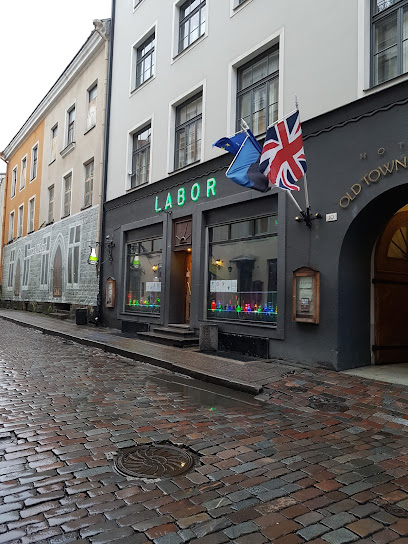
Sigmund Freud Bar
Discover the unique cocktails and intellectual charm of Sigmund Freud Bar in Tallinn, a perfect evening retreat for tourists and locals alike.
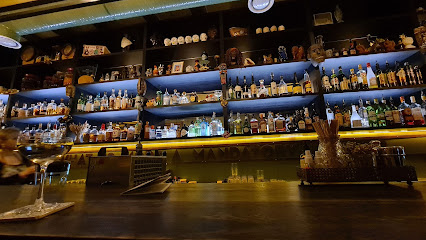
Koht
Experience the vibrant nightlife of Tallinn at Koht, a unique bar and café offering a delightful array of drinks and a cozy atmosphere.
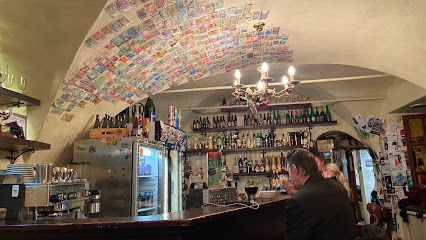
Depeche Mode Baar
Experience the unique vibe of Depeche Mode Baar in Tallinn, where music, craft cocktails, and vibrant nightlife merge for an unforgettable evening.
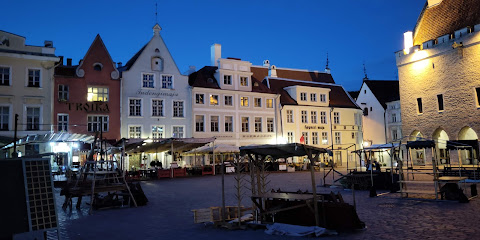
Brewery Õlleklubi
Experience the authentic flavors of Estonia at Brewery Õlleklubi, a vibrant bar offering locally brewed beers and a cozy atmosphere in the heart of Tallinn.
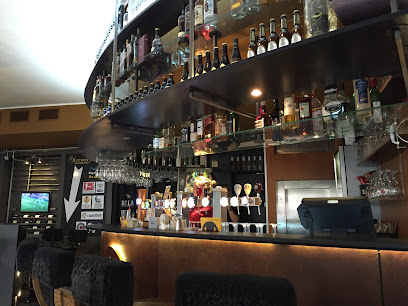
Ruddy Baar
Experience the vibrant nightlife at Ruddy Baar, Tallinn's premier cocktail bar for unforgettable evenings and exquisite drinks.
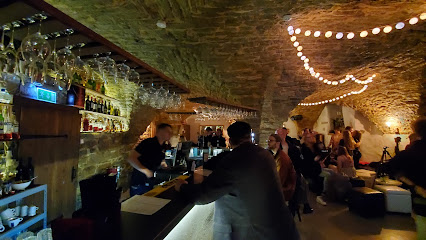
Fort Bar
Discover Fort Bar in Tallinn: Your ultimate destination for live music, local brews, and an unforgettable nightlife experience.
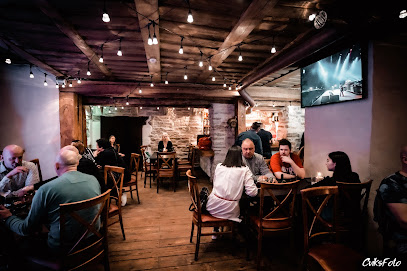
Funky Bar
Discover the lively ambiance and unique cocktails at Funky Bar, Tallinn's ultimate nightlife destination, perfect for locals and tourists alike.
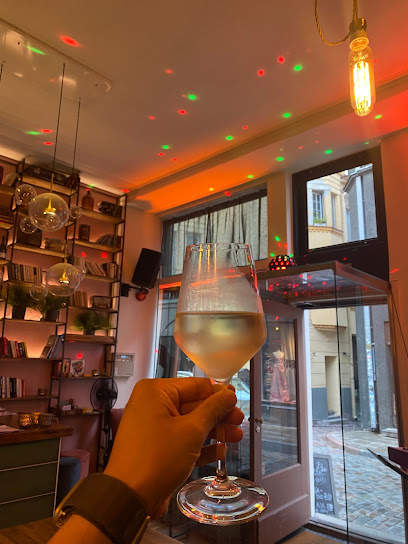
Local Phrases
-
- HelloTere
[teh-reh] - GoodbyeHead aega
[heh-d ah-eh-gah] - YesJah
[yah] - NoEi
[ay] - Please/You're welcomePalun
[pah-loon] - Thank youAitäh
[eye-tah] - Excuse me/SorryVabandust
[vah-bahn-doost] - How are you?Kuidas sul läheb?
[kwee-dahs sool leh-hehb] - Fine. And you?Hästi. Aga sina?
[heh-stee. ah-gah see-nah] - Do you speak English?Kas sa räägid inglise keelt?
[kahs sah rah-gheed een-glee-seh kehlt] - I don't understandMa ei saa aru
[mah ay sah ah-roo]
- HelloTere
-
- I'd like to see the menu, pleaseMa sooviksin menüüd näha, palun
[mah soh-veek-seen meh-nyuud nah-hah, pah-loon] - I don't eat meatMa ei söö liha
[mah ay suh lee-hah] - Cheers!Terviseks!
[tehr-vee-sehks] - I would like to pay, pleaseMa tahaksin maksta, palun
[mah tah-hahk-seen mahk-stah, pah-loon]
- I'd like to see the menu, pleaseMa sooviksin menüüd näha, palun
-
- Help!Appi!
[ahp-pee] - Go away!Mine ära!
[mee-neh ah-ra] - Call the Police!Helista politseisse!
[heh-lee-stah poh-leet-seh-ees-seh] - Call a doctor!Helista arstile!
[heh-lee-stah ahr-stee-leh] - I'm lostMa olen eksinud
[mah oh-lehn ehk-see-nood] - I'm illMa olen haige
[mah oh-lehn hah-ee-geh]
- Help!Appi!
-
- I'd like to buy...Ma tahaksin osta...
[mah tah-hahk-seen oh-stah] - I'm just lookingMa lihtsalt vaatan
[mah leekh-tsalt vah-tahn] - How much is it?Kui palju see maksab?
[kwee pahl-yoo seh mahk-sahb] - That's too expensiveSee on liiga kallis
[seh ohn lee-gah kah-lees] - Can you lower the price?Kas sa saaksid hinda alandada?
[kahs sah sah-ahk-seed heen-dah ah-lahn-dah-dah]
- I'd like to buy...Ma tahaksin osta...
-
- What time is it?Mis kell on?
[mees kell ohn] - It's one o'clockOn üks
[ohn yks] - Half past (10)Pool (10)
[pohl (10)] - MorningHommik
[hohm-meek] - AfternoonPäev
[pa-ev] - EveningÕhtu
[ooh-tuh] - YesterdayEile
[ay-leh] - TodayTäna
[tae-nah] - TomorrowHomme
[hohm-meh] - 1Üks
[yks] - 2Kaks
[kahks] - 3Kolm
[kolm] - 4Neli
[neh-lee] - 5Viis
[vees] - 6Kuus
[koos] - 7Seitse
[sayt-seh] - 8Kaheksa
[kah-hek-sah] - 9Üheksa
[yehk-sah] - 10Kümme
[koom-meh]
- What time is it?Mis kell on?
-
- Where's a/the...?Kus on...
[koos ohn] - What's the address?Mis on aadress?
[mees ohn ah-ah-drehs] - Can you show me (on the map)?Kas sa saaksid mulle näidata (kaardil)?
[kahs sah sah-ahk-seed mool-leh nah-ee-tah-dah (kah-rdil)] - When's the next (bus)?Millal on järgmine (buss)?
[meel-lahl ohn yair-gmee-neh (boos)] - A ticket (to ....)Pilet (....)
[pee-leht]
- Where's a/the...?Kus on...
History of Old Town
-
Tallinn's Old Town, known as Vanalinn, traces its origins back to the early medieval period, with the establishment of a trading post by the Hanseatic League in the 13th century. The city was first mentioned in historical records in 1154 and became an important hub for trade between the East and West, significantly shaping its cultural landscape.
-
During the 14th and 15th centuries, Tallinn flourished as a member of the Hanseatic League, a powerful economic alliance of merchant guilds and towns. This period saw the construction of impressive Gothic buildings, including the Town Hall, which became a symbol of the city's wealth and influence in the region.
-
The Reformation in the 16th century brought significant religious changes to Tallinn. The city transitioned from Catholicism to Protestantism, which influenced the architecture and culture of Old Town. The St. Nicholas Church and the Holy Spirit Church are notable examples of the period's architectural evolution.
-
In the early 17th century, Tallinn came under Swedish control. The Swedes invested in the city's fortifications, enhancing the medieval walls and adding bastions to protect against potential invasions. This period also saw the establishment of a more structured urban environment, including the development of new streets and public spaces.
-
Following the Great Northern War, Tallinn became part of the Russian Empire in 1710. This transition led to significant urban expansion and modernization efforts. The construction of the Alexander Nevsky Cathedral in the late 19th century exemplifies the Russian influence on Tallinn's architectural landscape.
-
With the declaration of independence in 1918, Tallinn's Old Town became a focal point for the resurgence of Estonian culture and national identity. This period saw the restoration of historical buildings and the establishment of cultural institutions, reflecting the city's historical significance.
-
Tallinn suffered extensive damage during World War II, particularly during the Soviet bombardment. Following the war, the city was incorporated into the Soviet Union, leading to a period of neglect and urban decay. However, efforts to preserve the Old Town's historical character began to emerge in the later years of Soviet rule.
-
After Estonia regained independence in 1991, Tallinn's Old Town underwent significant restoration and revitalization. In 1997, it was designated a UNESCO World Heritage Site, recognized for its well-preserved medieval architecture and rich cultural heritage, attracting visitors from around the world.
Old Town Essentials
-
Old Town Tallinn is easily accessible from other neighborhoods in Tallinn. The most common way to reach Old Town is by tram or bus. Tram lines 1 and 2 connect to the central area, and buses from various neighborhoods stop at the Viru Center, just outside the Old Town. If you're arriving at the Tallinn Airport, a taxi or an airport shuttle are convenient options, taking around 15-20 minutes to reach Old Town.
-
Old Town is compact and pedestrian-friendly, making it ideal for exploring on foot. Most attractions are within walking distance. Public transport is limited within the Old Town due to its narrow streets. However, taxis are available for longer journeys. Bicycles can be rented from several local shops, but be cautious of cobblestone streets and heavy foot traffic.
-
Old Town is generally safe for tourists, with low crime rates. However, petty crimes such as pickpocketing can occur in crowded areas, particularly around popular tourist sites like the Town Hall Square and the Alexander Nevsky Cathedral. It is advisable to stay vigilant, especially in busy areas at night. Avoid poorly lit streets and alleys after dark.
-
In case of emergency, dial 112 for police, fire, or medical assistance. Local hospitals and clinics are available in Tallinn, with emergency services providing English-speaking staff. It is advisable to have travel insurance that covers medical emergencies. For minor health issues, pharmacies are widely available in Old Town.
-
Fashion: Do dress comfortably for walking, but remember to dress modestly when visiting churches. Don't wear overly revealing clothing. Religion: Do respect religious customs; when entering churches, it’s customary to cover your shoulders. Public Transport: Do follow local etiquette, and don’t speak loudly on public transport. Greetings: Do greet locals with a smile and a firm handshake. Eating & Drinking: Do try local Estonian dishes and drinks, but don’t waste food or leave a mess in restaurants.
-
To experience Old Town like a local, consider visiting lesser-known sites like the Tallinn City Museum or the Kiek in de Kök museum-fortress. Engage with local artisans at the markets and shops. Join a free walking tour to gain insights into the history and culture from knowledgeable guides. For a unique experience, try to find 'Kohvik August', a cozy café known for its local pastries and friendly atmosphere.
Nearby Cities to Old Town
-
Things To Do in Rapla
-
Things To Do in Paide
-
Things To Do in Helsinki
-
Things To Do in Espoo
-
Things To Do in Haapsalu
-
Things To Do in Rakvere
-
Things To Do in Pärnu
-
Things To Do in Porvoo
-
Things To Do in Kärdla
-
Things To Do in Viljandi
-
Things To Do in Jõhvi
-
Things To Do in Tartu
-
Things To Do in Turku
-
Things To Do in Lahti
-
Things To Do in Kuressaare




